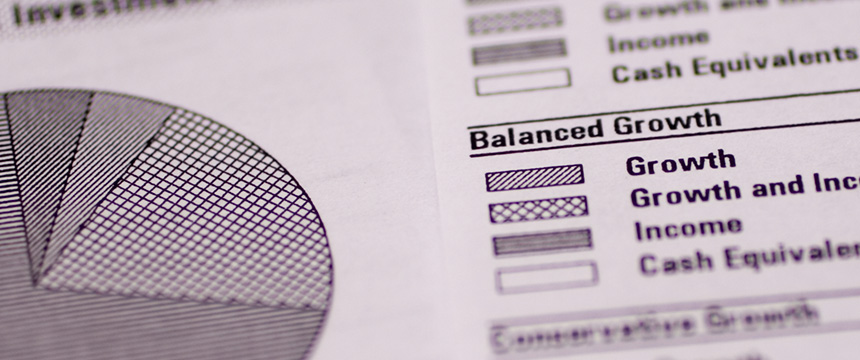And The Crowd Goes Wild: IRS Delays SECURE 2.0 Roth Catch-Up Rule Until 2026

While most of the country was gearing up for the U.S. Open, retirement plan sponsors and service providers collectively celebrated a big win on August 25 when the IRS delayed the new Roth catch-up rule until January 1, 2026.
As a refresher, the SECURE 2.0 Act of 2022 (SECURE 2.0) provides that a participant’s 401(k) plan catch-up contributions must be made on a Roth basis (instead of on a pre-tax basis) if the participant’s FICA wages were greater than $145,000 (indexed) in the prior tax year. Originally, this change was set to take effect on January 1, 2024, which was causing significant unease in the retirement plan world due, in part, to the lack of guidance on the new rule from the IRS, coupled with plan sponsors’ fear that they would not be able to properly implement such a significant rule change by the original deadline.
Then, on August 25, the IRS released Notice 2023-62, which effectively delayed the implementation of the new Roth catch-up requirement until January 1, 2026. Specifically, the guidance provides that until taxable years beginning after December 31, 2025, catch-up contributions for those making more than $145,000 will be treated as satisfying the new rule even if they are not designated as Roth contributions.
The Notice also provides that additional guidance on this rule will be forthcoming, and provides that the additional guidance is expected to:
- Clarify that the new rule will not apply if a participant did not have FICA wages in the preceding calendar year because, for example, they were a partner or other non-employee service provider;
- Provide that an employer may treat a participant’s election to make pre-tax catch-up contributions as an election to make Roth catch-up contributions if the participant’s FICA wages in the prior year exceed the applicable threshold; and
- Provide that for a multiemployer plan, FICA wages from two participating employers are not aggregated to determine if a participant met the $145,000 threshold in the prior year.
The IRS invites comments and suggestions on the three points set forth above or any other aspect of the new Roth catch-up rule. It also specifically asks for comments regarding whether guidance should provide that a plan that does not offer a Roth contribution program will not violate the rule that all eligible participants must be allowed to make the same election with respect to catch-up contributions merely because the plan permits participants making less than the $145,000 indexed threshold to make catch-up contributions, but does not allow catch-up contributions for those participants whose wages exceed the threshold.
Comments must be submitted on or before October 24, 2023. Notice 2023-62 provides that comments must be submitted electronically and provides instructions for how to do so.
 |
As part of Foley’s ongoing commitment to provide legal insight to our clients and colleagues, our Employee Benefits and Executive Compensation Group has a monthly newsletter we call “Employee Benefits Insights,” where we provide you with updates on the most recent and pressing matters concerning employee benefits and other related topics. Click here or click the button to the left to subscribe. |
